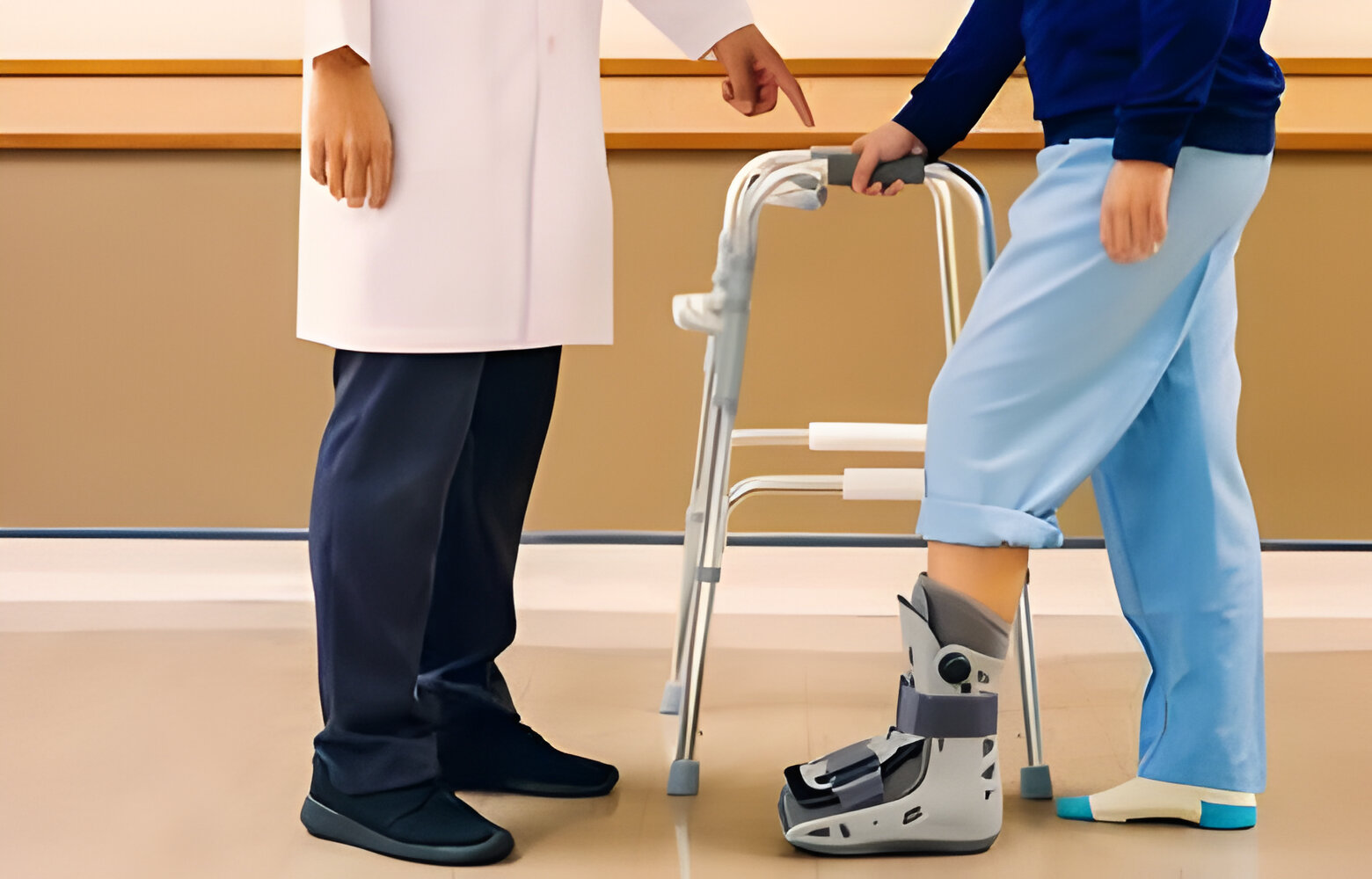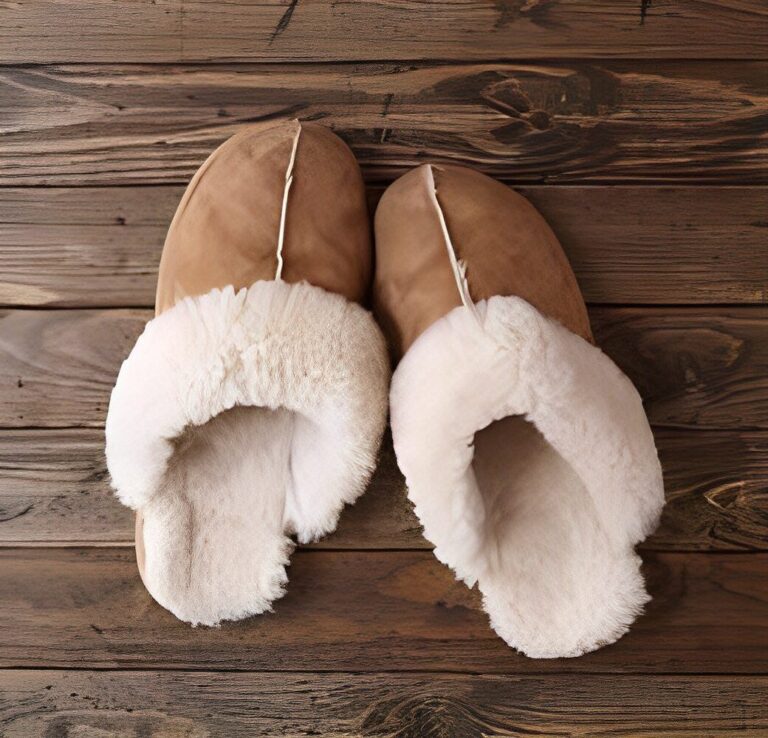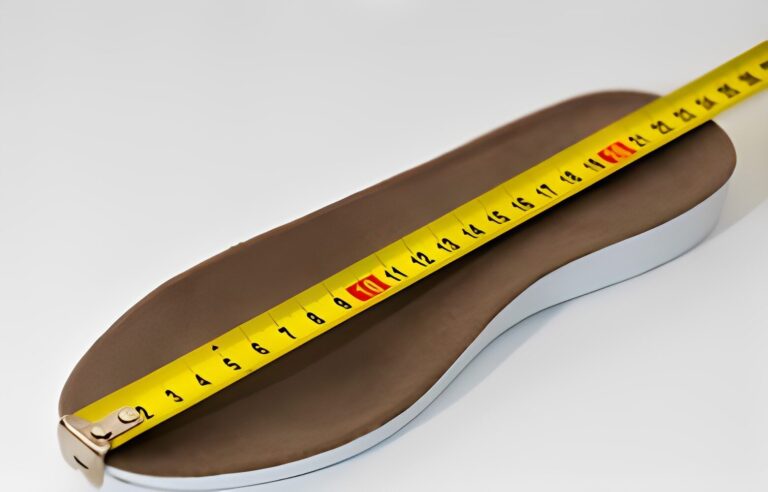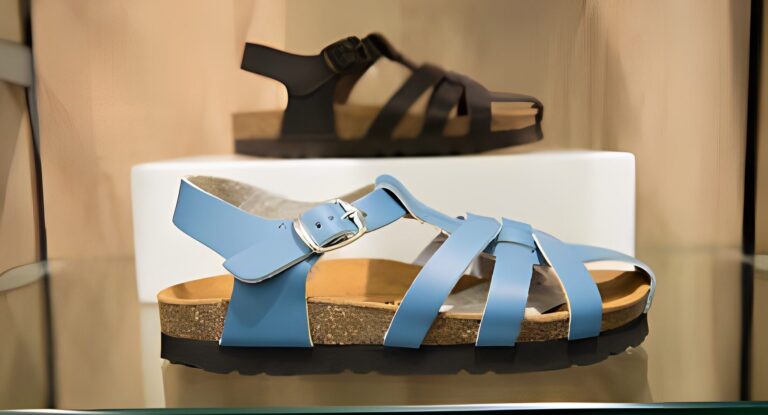How Long Do You Wear a Crow Boot?
Crow boots, also known as medical walking boots, are commonly prescribed for various foot and ankle injuries, providing support and stability during the healing process. If you’ve ever wondered how long you’ll need to wear a crow boot, the answer isn’t always straightforward. Let’s delve into the factors influencing the duration of wearing crow boots and what to expect during your recovery journey.
Introduction to Crow Boots
What are crow boots? Crow boots are orthopedic devices designed to immobilize and protect the foot and ankle following an injury or surgery. They typically feature a hard sole and adjustable straps, offering support and stability while allowing for controlled movement.
Why are crow boots used? Crow boots are used to treat a variety of conditions, including fractures, sprains, strains, and post-operative recovery. They help alleviate pain, reduce swelling, and prevent further injury by restricting motion in the affected area.
Purpose and Duration of Wearing Crow Boots
Purpose of wearing crow boots The primary purpose of wearing crow boots is to facilitate healing and promote recovery from foot and ankle injuries. By immobilizing the injured area, crow boots reduce stress on the affected tissues, allowing them to heal properly.
Duration of wearing crow boots The duration of wearing crow boots varies depending on several factors, including the severity of the injury, the rate of healing, and the recommendations of your healthcare provider. In general, crow boots may need to be worn for several weeks to months, depending on the specific circumstances of your injury.
Factors Affecting Duration of Wearing Crow Boots
Severity of injury The severity of your injury plays a significant role in determining how long you’ll need to wear a crow boot. Minor sprains or strains may only require a few weeks of immobilization, while more severe fractures or surgical interventions may necessitate longer periods of wearing the boot.
Healing progress Your body’s healing progress also influences the duration of wearing crow boots. As your injury begins to heal and symptoms improve, your healthcare provider may gradually reduce the time spent wearing the boot or transition you to a less restrictive form of immobilization.
Doctor’s recommendation Ultimately, the duration of wearing crow boots is determined by your healthcare provider’s recommendations. Your doctor will assess your injury, monitor your progress, and adjust your treatment plan accordingly to ensure optimal healing and recovery.
Read Also: How Long Do Spikeless Golf Shoes Last?
General Guidelines for Wearing Crow Boots
Proper fitting It’s essential to ensure that your crow boot fits properly to maximize its effectiveness and comfort. Follow your healthcare provider’s instructions for sizing and adjusting the boot to achieve a snug yet comfortable fit.
Usage instructions Follow the usage instructions provided by your healthcare provider, including how long to wear the boot each day and whether it should be worn during activities such as sleeping or bathing. Avoid removing the boot unless instructed to do so by your doctor.
Care and maintenance Proper care and maintenance of your crow boot are crucial for ensuring its longevity and effectiveness. Keep the boot clean and dry, and inspect it regularly for signs of wear or damage. Follow any specific care instructions provided by the manufacturer or your healthcare provider.
Specific Cases and Duration of Wearing Crow Boots
Mild sprains or strains For mild sprains or strains, wearing a crow boot may be necessary for a few weeks to allow for adequate healing and stabilization of the injured area. Your doctor may recommend gradually reducing the time spent wearing the boot as symptoms improve.
Fractures or breaks In cases of fractures or breaks, the duration of wearing a crow boot may vary depending on the location and severity of the injury. Some fractures may require several weeks of immobilization with the boot, followed by a period of gradual weight-bearing as directed by your healthcare provider.
Surgical interventions Following surgical interventions such as tendon repairs or ligament reconstructions, wearing a crow boot may be necessary during the initial stages of recovery to protect the surgical site and promote proper healing. Your doctor will provide specific instructions on how long to wear the boot and when it can be safely removed.
Transitioning Out of Crow Boots
Signs of improvement As you progress through your recovery journey, you may notice signs of improvement such as reduced pain, swelling, and stiffness in the affected area. These are positive indicators that your injury is healing, and you may be ready to transition out of the crow boot.
Gradual removal Your healthcare provider will guide you through the process of transitioning out of the crow boot, gradually reducing the amount of time you spend wearing it each day. This allows your body to adjust to increased movement and weight-bearing activities while minimizing the risk of re-injury.
Follow-up care Even after you’ve stopped wearing the crow boot, it’s essential to continue with any recommended follow-up care, such as physical therapy exercises or orthopedic supports. These measures can help strengthen the affected area, improve mobility, and prevent future injuries.
Read Also: How Long Do Snowboard Boots Last
Conclusion
In conclusion, the duration of wearing a crow boot depends on various factors, including the severity of your injury, the rate of healing, and your doctor’s recommendations. By following your healthcare provider’s instructions and staying proactive in your recovery journey, you can optimize the healing process and return to your normal activities as quickly and safely as possible.







